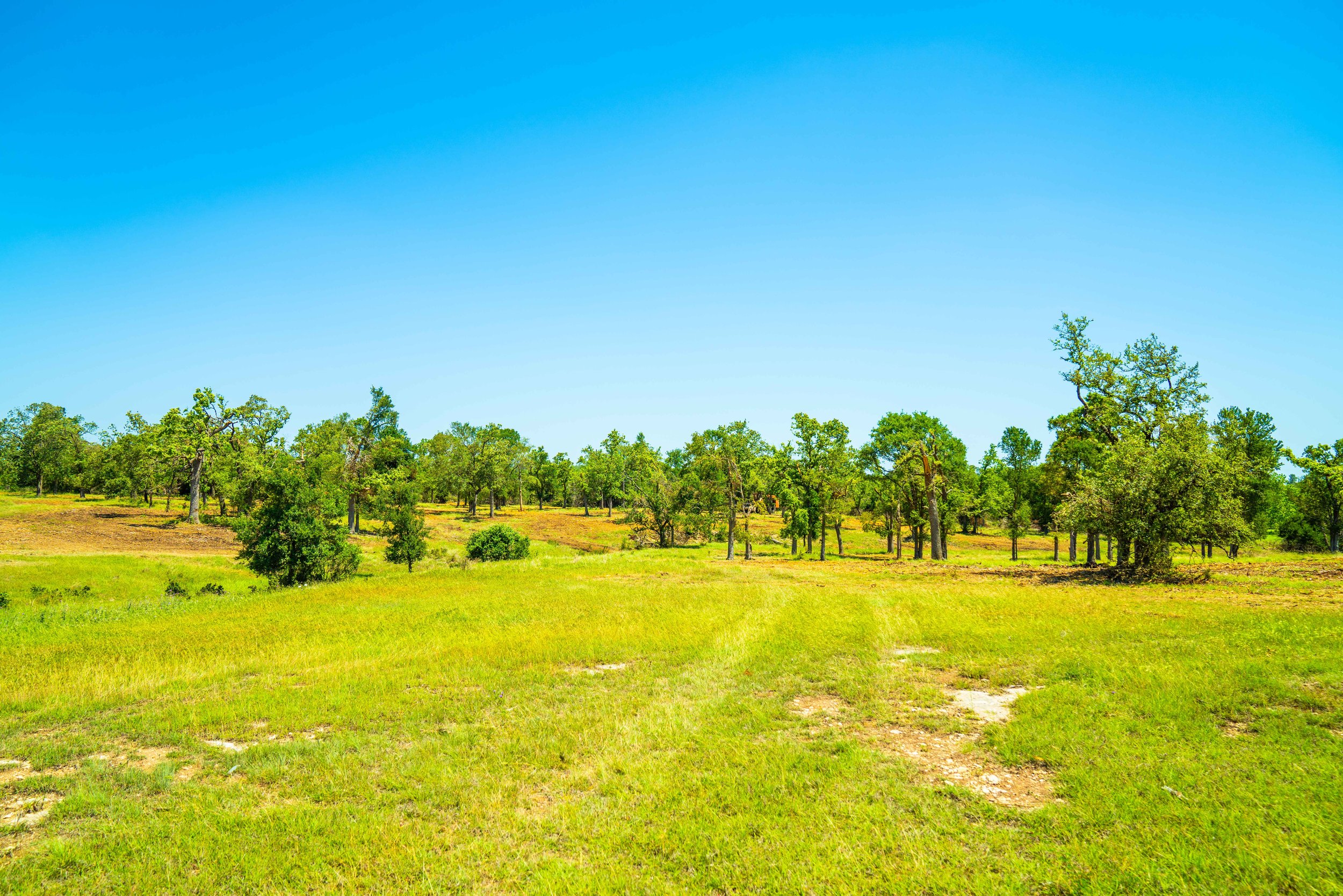When it comes to large land clearing projects, making informed decisions is crucial for achieving successful outcomes. Among the various considerations, the choice between grubbing and mulching is significant. Both techniques offer unique advantages and considerations. This comprehensive blog post will delve into the debate between grubbing and mulching in commercial landscaping, exploring their benefits, applications, and long-term implications.
Grubbing: A Clear Path to Large Land Clearing Success
1. Efficient land preparation: Large Land Clearing projects often involve large-scale land preparation. Grubbing offers a fast and efficient solution by removing all vegetation, including roots, from the area. The process is completed relatively quickly with the help of heavy machinery, such as excavators or bulldozers, ensuring quick progress and adherence to project timelines.
2. Construction compatibility: Grubbing provides a clean canvas for site preparation for commercial developments or construction projects. By eliminating all existing vegetation, including trees, shrubs, and invasive plants, grubbing paves the way for smooth construction activities and minimizes interference. It allows for better implementation of design plans and reduces the need for ongoing adjustments or modifications.
3. Pest and disease control: Maintaining a pristine and professional appearance is paramount in commercial settings. Grubbing eliminates potential sources of pests and diseases, ensuring a clean and healthy environment. By eradicating existing vegetation, you can prevent the spread of pests and reduce the need for comprehensive pest management strategies, saving time and resources.
4. Flexibility in design: Grubbing provides a blank canvas, allowing commercial landscapers to exercise creativity and precision in implementing design elements. By starting with a clean slate, you can create customized landscapes that align with the specific requirements and aesthetics of the commercial property.
Mulching: Sustainable Solutions for Large Land Clearing Projects
1. Moisture conservation: Mulching is known for its ability to retain soil moisture, making it particularly beneficial for commercial landscapes. By applying a layer of organic or inorganic material, such as wood chips or gravel, mulch acts as a protective barrier, reducing evaporation and maintaining soil moisture levels. It helps minimize the need for frequent irrigation, resulting in water conservation and cost savings.
2. Weed suppression: Mulch serves as a natural weed barrier, preventing weed seeds from receiving sunlight and germinating. It reduces the occurrence of weeds in commercial landscapes, reducing the need for manual weeding or herbicide applications. With reduced weed growth, the overall maintenance effort and costs can be significantly minimized.
3. Temperature regulation: In regions with extreme weather conditions, such as Texas, mulch plays a vital role in temperature regulation. It acts as insulation, protecting plant roots from the scorching heat of summer and minimizing temperature fluctuations. This promotes healthier plant growth and reduces the risk of heat stress or cold damage.
4. Soil improvement: Over time, organic mulch breaks down, enriching the soil with nutrients and improving its structure. This enhances soil fertility, promotes beneficial microbial activity, and supports overall plant health. Commercial landscapers can leverage the long-term benefits of mulching by incorporating organic materials that contribute to sustainable soil management.
Considerations and Recommendations:
1. The scale of the project: Grubbing is particularly advantageous for large-scale commercial projects that require extensive land preparation and construction. Mulching, on the other hand, is more suitable for ongoing landscape maintenance, where the focus is on conserving resources and managing soil health.
2. Maintenance requirements: Grubbing requires minimal ongoing maintenance once the initial clearing is complete. Mulching, however, demands periodic replenishment and monitoring to maintain its effectiveness. Commercial landscapers should consider long-term maintenance requirements when selecting the appropriate technique.
3. Environmental impact: Grubbing can result in soil disturbance and erosion, primarily when performed on a large scale. Mulching, with its focus on sustainability and soil health, can contribute positively to the environment by reducing water consumption and supporting ecosystem stability. Implementing erosion control measures and considering the impact on the surrounding ecosystem is crucial.
4. Cost considerations: Grubbing may involve the rental of heavy machinery and skilled operators, resulting in initial expenses. However, its efficiency and ability to expedite the land preparation process can translate into cost savings in the long run. Mulching requires ongoing maintenance and periodic mulch replacement, which should be factored into the budget of commercial landscaping projects.
Conclusion:
The debate between grubbing and mulching for large lot clearing projects is complex and multifaceted. Grubbing provides an efficient solution for large-scale land preparation, construction compatibility, and pest control. On the other hand, mulching offers sustainable benefits such as moisture conservation, weed suppression, temperature regulation, and soil improvement.
When deciding between the two techniques, large lot clearing projects should consider the specific requirements of the project, the long-term maintenance implications, and the environmental impact. A balanced approach that combines elements of both grubbing and mulching may also be suitable, depending on the unique needs of the commercial landscape.
Ultimately, the choice between grubbing and mulching should align with the goals of the commercial project, ensuring a vibrant, sustainable, and visually appealing landscape that meets the demands of the property and enhances its overall value.
At Kleensite, we offer our clients a variety of choices, all depending on the project's scope. The advantage of working with Kleensite is that we have been in business since 2008. We have our own top-of-the-line equipment capable of handling large-size jobs. We can even haul off any unwanted mulch. In addition, we offer our Kleenbox technology enabling us to burn onsite, eliminating the need for grinders and trucks. This method produces a highly clean burn at a fraction of the economic and environmental cost. We are competitive and reliable. Give us a call.


